Turn new message alert pop-up on or off in Outlook
Applies To
A Desktop Alert is a notification that appears on your desktop when you receive a new email message, a meeting request, or a task request. By default, Desktop Alerts are turned on.
The information displayed in a Desktop Alert varies depending on the item that you receive in your Inbox.
-
Email message Displays the name of the sender, the subject, and the first two lines of the message. A Desktop Alert doesn't display the contents of an encrypted or digitally signed message. To view the message, you must open it.
-
Meeting request Displays the sender, subject, date, time, and location of the meeting.
-
Task request Displays the sender, subject, and start date of the assigned task.
Select a tab option below for the version of Outlook you're using. What version of Outlook do I have?
Note: If the steps under this New Outlook tab aren't working for you, you may not be using new Outlook for Windows yet. Select the Classic Outlook tab and follow those steps instead.
Turn alerts on or off for new Outlook
-
Open new Outlook
-
Under View, select View Settings.
-
Select General, then Notifications.
-
Under Notify me about, turn the toggle on or off for Mail, Calendar, or Documents.
Customize notification sound
You can now set custom sounds for notifications in new Outlook.
1. Go to Notifications settings following the steps above.
2. Go to Mail and under new mail notifications and mail reaction notifications go to the Play Sound; then select the custom sound of your choice.
3. Go to Calendar and under Event reminders go to the Play Sound; then select the custom sound of your choice.
Watch a video about pop-up alerts (notifications)
Turn alerts on or off
Tip: If you want to keep a Desktop Alert visible so that you can take more time to read it, rest the pointer over the alert before it fades from view.
-
Open classic Outlook
-
Select File.
-
Select Options, then Mail.
-
Under Message arrival, select to check or clear the Display a Desktop Alert check box, and then select OK.
Note: To suppress or enable other notifications such as sounds, mouse pointer changes, or displaying an envelope icon in the taskbar, check or clear the respective check boxes for those functions.
When Desktop Alerts don't appear
Desktop Alert notifications don't appear during the initial synchronization of an email account or when you request a manual Send/Receive.
Also, if you're using message rules and a new message is moved out of the default account Inbox, you might not receive a Desktop Alert notification.













